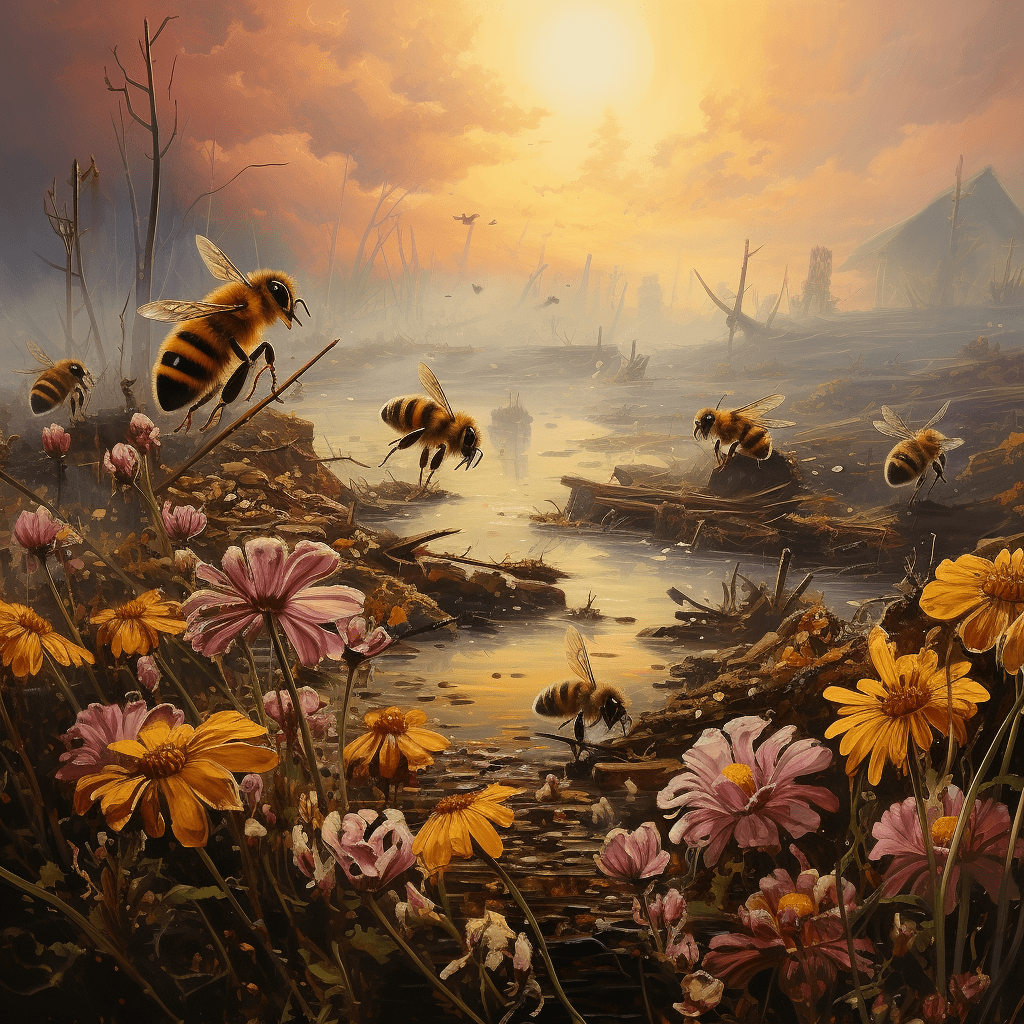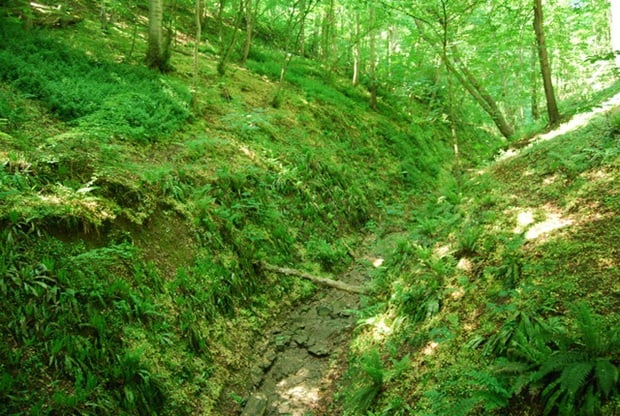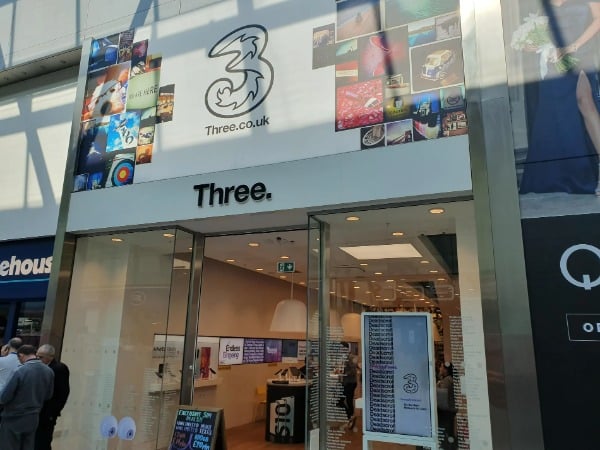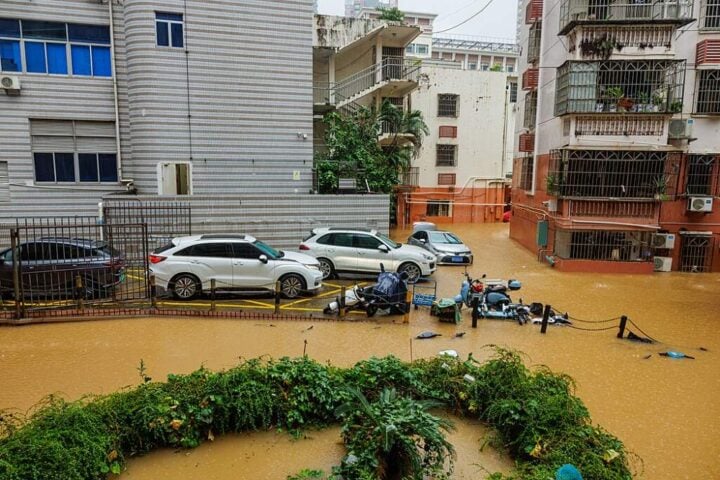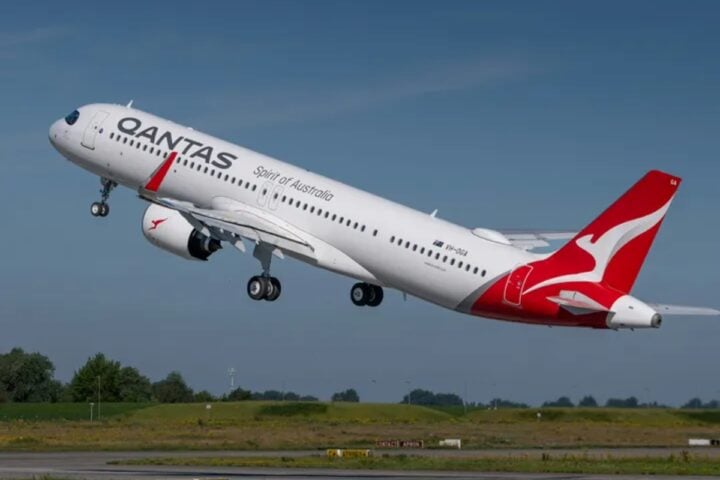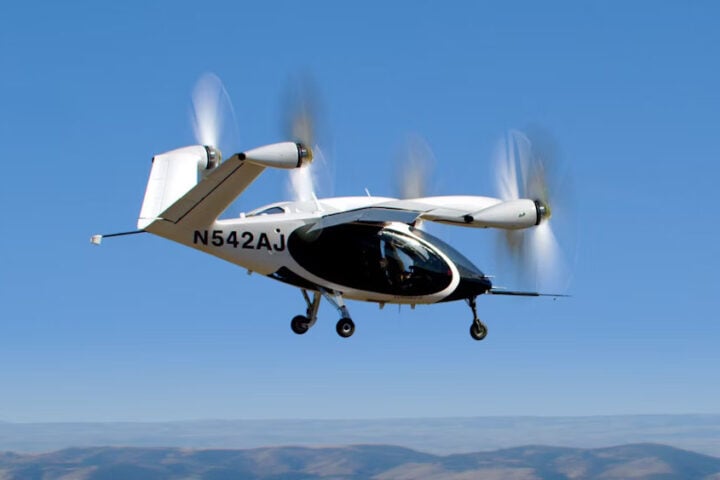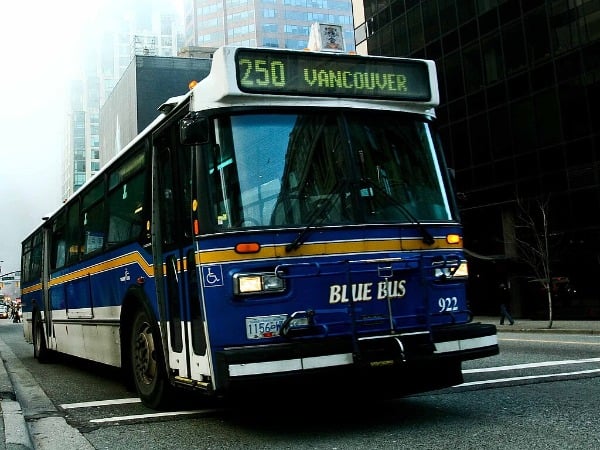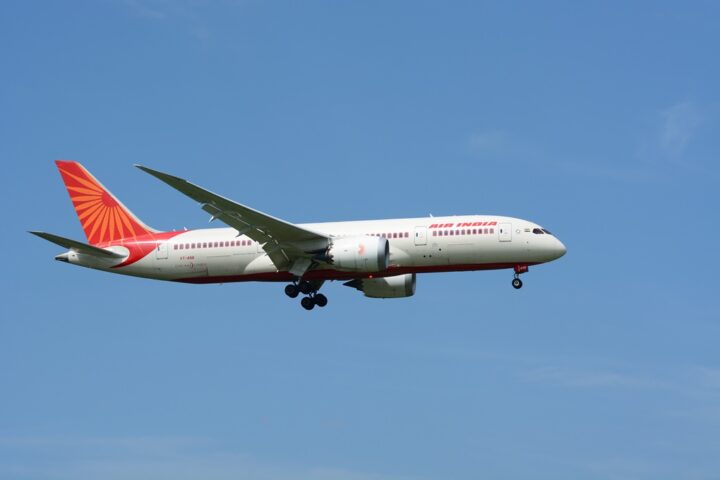A recently published study revealed that air pollution, particularly ozone, dramatically reduces pollination by degrading the scent of flowers. This degradation affects bees’ ability to locate these flowers. The research was a collaborative effort between the UK Centre for Ecology & Hydrology (UKCEH) and the Universities of Reading, Surrey, Birmingham, and Southern Queensland.
Ozone was found to alter the size and scent of floral odour plumes significantly. Alarmingly, it reduced honeybees’ ability to recognize odours by up to 90% from just a few meters away. Ground-level ozone typically forms when nitrogen oxide emissions from vehicles and industrial processes react with volatile organic compounds (VOCs) from vegetation under sunlight.
Dr. Ben Langford, an atmospheric scientist at UKCEH, spearheaded this study. The research was published in the esteemed journal, Environmental Pollution. Dr. Langford highlighted that “Some 75% of our food crops and nearly 90% of wild flowering plants depend, to some extent, upon animal pollination, particularly by insects.” He emphasized the importance of understanding factors that adversely affect pollination, as it impacts food, textiles, biofuels, and medicine production.
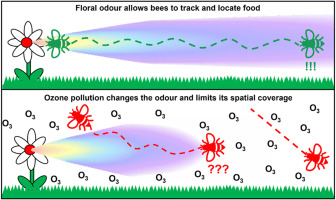
The study was generously funded by the Natural Environment Research Council, a segment of UK Research and Innovation. To understand the effects of ozone on odour plumes, the researchers employed a wind tunnel. They discovered that ozone not only decreased the size of the odour plume but also altered its scent. Certain compounds in the scent reacted faster than others in the presence of ozone.
Pollinating insects, like honeybees, use these floral odours to identify flowers and remember the amount of nectar they provide. This memory helps them find the same species in subsequent searches. The study found that bees had a harder time recognizing flower scents when they were further away, especially near the edges of the scent area where the smell was weaker. In simple terms, pollution made it tougher for bees to find flowers by their smell, especially from a distance.
Similar Posts
Beyond pollination, the researchers believe that ozone could influence other odour-driven behaviors in insects, like mate attraction. In the previous year, the same research team discovered that common air pollutants, including ozone and diesel exhaust fumes, negatively impacted pollination in natural environments.
The study underscores that animal-mediated pollination often relies on odour cues. These odours, made up of VOCs, create strong concentration gradients that help pollinating insects locate flowers. Atmospheric oxidants, especially ozone pollution, can chemically alter these VOCs. This alteration impairs pollinators’ ability to find flowers and, by extension, the pollen and nectar they feed on.
The research aimed to provide empirical evidence explaining these processes within an odour plume. The team conducted controlled experiments in a large wind tunnel to study the effects of ozone pollution on four model floral VOCs. They found that the chemical degradation rates of compounds like α-terpinene and β-caryophyllene were slightly faster than previously thought. Turbulent mixing reduced these reaction rates by 8-10% in the initial 2 meters after release. Reaction rates varied across the plumes, being fastest at the edges and slowest at the centers. Honeybees trained to recognize a specific four VOC blend were tested with ozone-modified odours. When exposed to an odour blend from the center of the plume, 52% of honeybees recognized it at 6 meters, but this dropped to 38% at 12 meters. For more degraded blends from the plume edge, recognition rates were 32% and 10% at 6 and 12 meters, respectively.
This research highlights how human-made pollutants can disrupt the VOC cues essential for plant-pollinator interactions. Such disruptions could also affect other vital odour-mediated behaviors. The authors emphasize the urgency of understanding and mitigating the effects of pollutants on our ecosystem. Pollinators are crucial for our food and survival. Nature’s balance, from flowers to bees to us, is clear. Tackling air pollution affects both our environment and food safety. This research urges both leaders and the public to act. We must think about how our actions impact nature. Making informed choices is key to a sustainable future for all.
